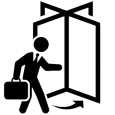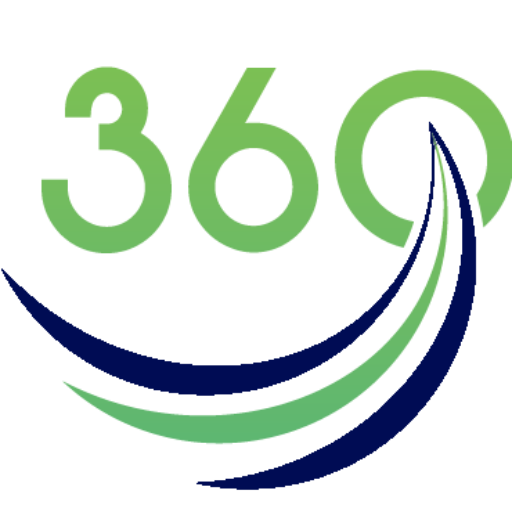Our Services
We provide a variety of ergonomics consulting services, all performed by a registered ergonomic professional.
Ergonomic Risk Assessments
360 Ergonomics offers a wide range of ergonomic assessments to meet your needs. Risk assessments are conducted to determine the level of risk for developing Musculoskeletal Disorders (MSDs). These assessments can be conducted for an entire workplace, a specific job, or individual job tasks. We have experience conducting assessments in a variety of industries, including Manufacturing, Construction, Healthcare, Municipal, and more.
If you think you may need an ergonomic assessment of your workplace, Contact Us today!
Office Assessments
Are you or your employees noticing soreness from sitting at a desk all day? It may be caused by your workstation setup.
A certified ergonomist will perform a personalized 1-on-1 ergonomic assessment of the workspace (this can be done in-person or virtually). An office assessment analyzes the important components of an office workspace, including the chair, desk, computer, mouse, and keyboard. The assessment also includes coaching on good ergonomic practices and a comprehensive report detailing the results of the assessment.
Physical Demands Analysis (PDA)
A PDA is a quantitative assessment of the physical and environmental demands required by a job. An ergonomist will observe the work being performed, take all relevant measurements, and conduct a detailed interview with employees involved in the job processes.
Results of the PDA are outlined in a detailed report. PDAs are an extremely valuable resource for all businesses and can be used for a variety of purposes, including risk assessment, job matching, return to work processes, injury claims, and more.

Return-to-Work Plans (RTW)
Employees returning to work after an injury need a plan for a safe and effective return.
RTW plans provide a cooperative approach to bringing employees back to work in the safest manner possible. The ergonomist will work collaboratively with management and the employee to determine the best course of action for a safe and effective Return to Work. This includes evaluating any physical restrictions the employee may have, comparing them to physical requirements of the job, and determining the best course of action for a safe return.
Ergonomics Training
What is ergonomics? How can it be applied to reduce the risk of injury? How can I use ergonomics to improve my workplace?
Find out the answers to these questions and much more by scheduling an ergonomics training session with a certified ergonomist. Training sessions can be tailored to meet your businesses specific needs. Training is available for both management and employee groups.
We train employees on topics such as body mechanics, safe lifting techniques, ergonomic best practices, and much more.
FAQ
What is ergonomics?
Ergonomics is the study of how the human body interacts with the surrounding physical environment. An ergonomist is a person who has knowledge of how the human body moves and operates, and applies this to designing safe and efficient work processes.
What is a Musculoskeltal Disorder (MSD) ?
A musculoskeletal disorder (MSD) is an injury to the body’s musculoskeletal system (muscles, bones, tendons, ligaments, cartilage). WMSDs (work-related MSD) are the leading cause of Lost-Time injuries in Ontario (WSIB, 2020.)
What are the costs associated with ergonomic assessments?
Untreated ergonomic hazards can be very costly to companies. Injury costs associated with MSDs can increase WSIB costs significantly.
Ergonomic assessments vary in cost but are significantly less expensive than even one Lost-Time injury claim.
A reactive approach to workplace injuries is much more expensive than a proactive approach. Ergonomic assessments can save companies significant money by reducing injury rates, with an efficient Return On Investment (ROI).
For quotes on specific ergonomic assessments, please Contact Us today
What are the ergonomic risk factors to watch out for?
There are 3 main ergonomic risk factors to keep an eye out for while working.
High Force: the amount of effort or muscle exertion required to complete a task. Higher forces result in an increased risk of injury to the musculoskeletal system.
Awkward Postures: the human body is designed to move in specific ways. If the work being completed forces the body into non-neutral awkward postures, this increases the risk of injury.
Repetitive Tasks: tasks or motions that are repeated at a high frequency can cause wear and tear on the muscles and soft tissues of the body.
I am having ergonomic issues at work. What should I do?
If you or your employees are experiencing ergonomic issues at work, you should reach out to a qualified ergonomic professional. Ergonomic hazards can cause serious injuries, and the help of an ergonomist can prevent this!
Reach out to 360 Ergonomics for a consultation, and improve the health and safety of your workplace.

